In the field of metal fabrication and machining, choosing the right welding technology is a critical part of determining the success or failure of a project. Laser and conventional welding (e.g., MIG/MAG, TIG) are the two dominant technologies, but they differ significantly in terms of productivity, cost and final quality. As a business owner or engineer, understanding these differences is critical to controlling budgets, ensuring lead times and obtaining optimal product performance.
This article will give you a full breakdown of the advantages and disadvantages of both technologies to help you make the most informed choice for your next project.
I. Comparison of in-depth techniques: accuracy, speed and thermal influence
1. Precision and weld quality
Laser welding: A highly concentrated laser beam with extremely high energy density is used as the heat source. This makes it possible to produce extremely narrow and deep weld seams with a very small heat affected zone (HAZ). This means that workpiece distortion is extremely low, making it ideal for precision components, thin sheet materials and products where aesthetics are important. The weld seams are usually very clean and require little or no subsequent grinding.
Conventional welding (TIG as an example): relies on the arc to melt the base metal and the welding consumables. Whilst a skilled technician can produce a high quality weld, the heat affected zone is wider and the heat input is greater, resulting in a higher risk of distortion of the workpiece. It is usually more suitable for medium to thick plate material and may require proof-forming and surface preparation.
2. Productivity and speed
Laser welding: essentially a high-speed process, particularly suitable for long weld seams and automated mass production. Its speed can be as much as several times that of conventional welding, which significantly shortens the production cycle and reduces the cost per unit of time.
Conventional welding: typically slower and more dependent on the skill level of the operator. Although it has the advantage of flexibility in the production of small batches of a single piece, the efficiency bottleneck is more obvious in large batches.![图片[1]-Laser welding vs. conventional welding: How to choose the right technology for your project?-Dalian Fuhong Machinery Co., Ltd](https://endlfh.com/wp-content/uploads/2025/09/QQ20250829-200803-800x679.png)
3. Analysis of cost components
Laser welding:
Initial investment: very high. Equipment such as laser generators and automated workstations are expensive.
Operating costs: lower. Faster speeds, fewer consumables (no need for welding wire or in some cases), and lower subsequent processing costs make unit production costs more favourable in the long run.
Traditional welding:
Initial investment: relatively low, with a low barrier to entry for equipment.
Operating costs: High. Labour costs dependent on skilled craftsmen, high consumption of welding consumables (wire, tungsten electrodes, shielding gases), and possible additional costs for subsequent processing.
II. How to choose? Key decision-making factors
Your project requirements are the only criteria for selection. Please refer to the decision matrix below:
Project characteristics Recommended technology Cause analysis
Laser welding of thin sheet materials (< 1 mm) prevents burn-through and distortion and guarantees precision.
Thick plate materials (> 5 mm) Conventional welding technology is more mature and the equipment is more cost-effective.
Extremely high precision requirements Laser welding Minimal heat-affected zones and distortions, aesthetically pleasing and consistent weld seams.
High-volume, automated production Laser welding High-speed production, low unit costs and extremely high consistency.
Small batch, prototyping Conventional soldering Flexible setup, no need for costly jigs and fixtures, cost-effective.
Limited budget, cautious investment Conventional welding Low initial equipment investment, suitable for project-based production.
Multi-material/dissimilar material welding needs to be evaluated specifically Laser welding requires very high assembly clearances, while conventional welding is more forgiving.
III. Examples of practical application scenarios
Typical applications for laser welding:
Medical instruments: surgical instruments, implants, requiring absolute cleanliness and absence of deformation.
Aerospace: engine blades, precision sensor components.
Consumer electronics: Battery seal welding, internal structural parts of mobile phones.
Automotive industry: transmission gears, airbag generators.
Typical applications for conventional welding:
Building steel structure: beam-column connection, large thickness and high strength requirement.
Heavy machinery: excavator boom, mining equipment frame.
Pressure vessels: pipe welding, tank welding.
Repair and maintenance: on-site operations requiring a high degree of flexibility.
IV. Frequently Asked Questions (FAQ)
Q: Is laser welding always stronger than conventional welding?
A: Not necessarily. The strength of the weld depends on whether the process parameters are set correctly. Both are capable of achieving welds that far exceed the strength of the base material. The advantage of laser welding is its combination of high strength and low distortion.
Q: We have special materials for our products, which one should I choose?
A: Laser welding of highly reflective materials (e.g. aluminium, copper) is challenging and requires lasers with specific parameters. Conventional welding is more widely adaptable in this regard. The best way to do this is to provide samples for test welding.
Q: Is there one technology that can completely replace another?
A: No. They are complementary, not substitutes. The top modern manufacturers will have both technologies in place, choosing the most appropriate process for the different characteristics of their products in order to achieve optimum cost and quality control.
Conclusion: there is no best, only the most suitable
The choice between laser or conventional welding is a trade-off between precision, efficiency, cost and material suitability. For projects with extreme precision and high volume production, laser welding is the way to go. For thicker materials, small batches or budget-sensitive projects, conventional welding is more cost-effective.
Not sure which technology is best suited for your project?
Feel free to contact the expert team at [your company name]!
We have both advanced fibre laser welding equipment and experienced traditional welding technicians. You can provide us with free samples or drawings and we will carry out a free trial welding assessment for you and provide you with the most professional technical advice and quotation to ensure that your project will be successful in the most optimal way.
Enquire today for your customised welding solution!

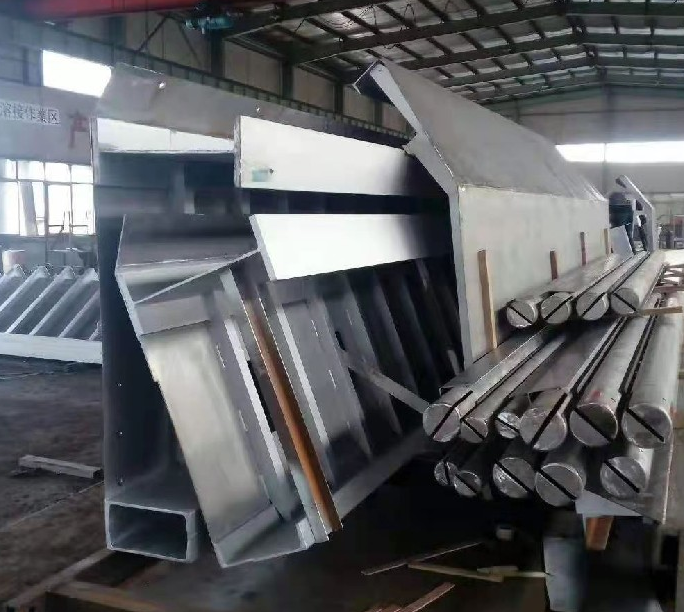


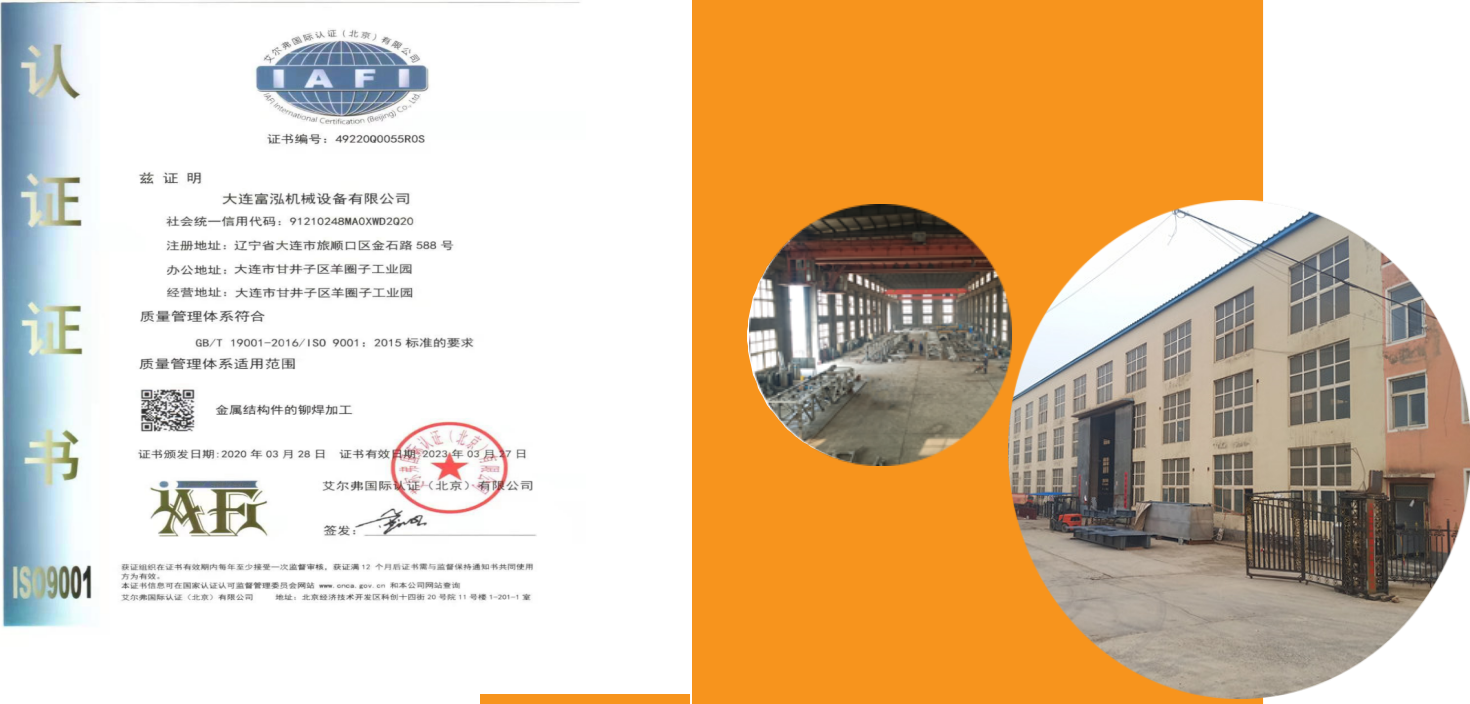
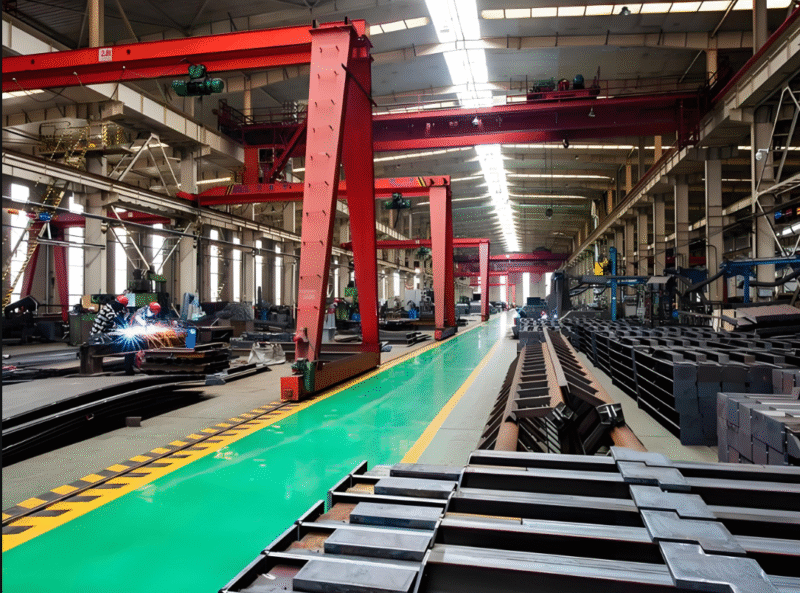

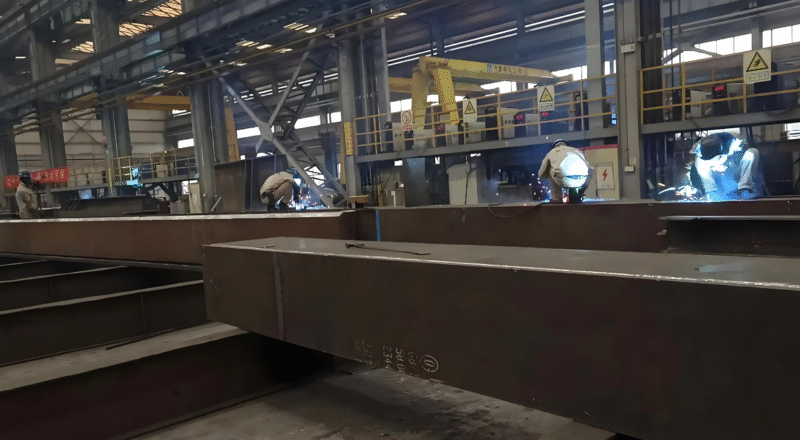
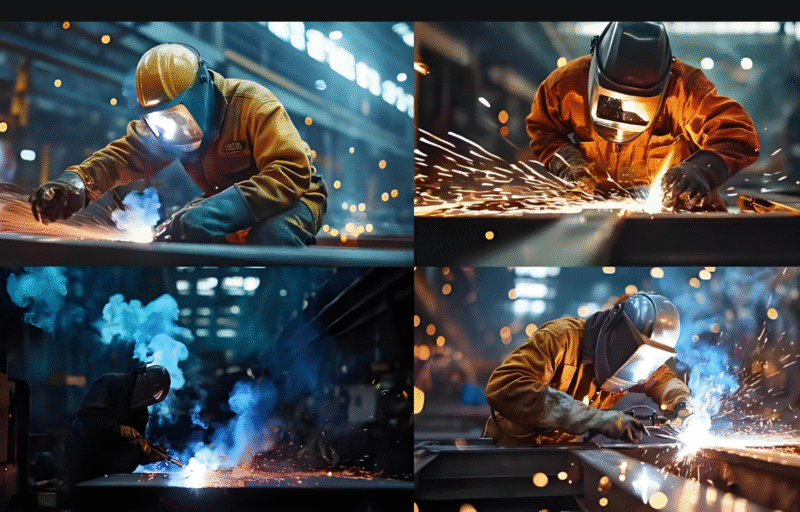

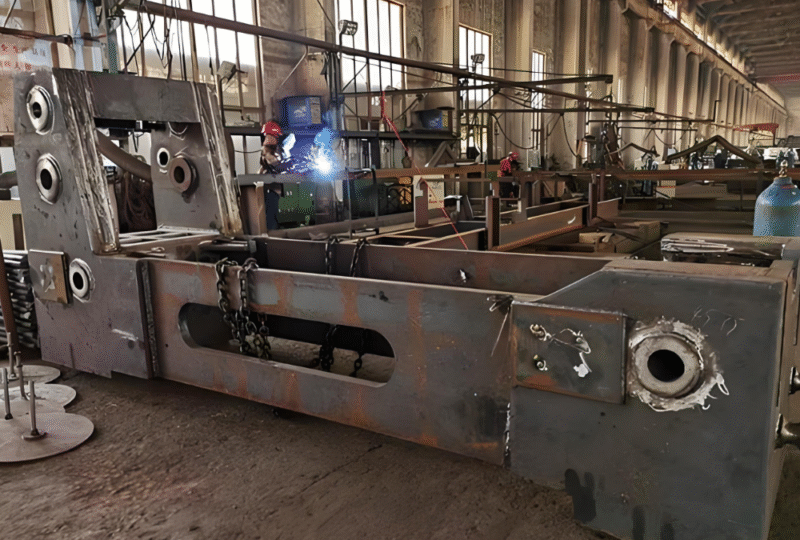

暂无评论内容